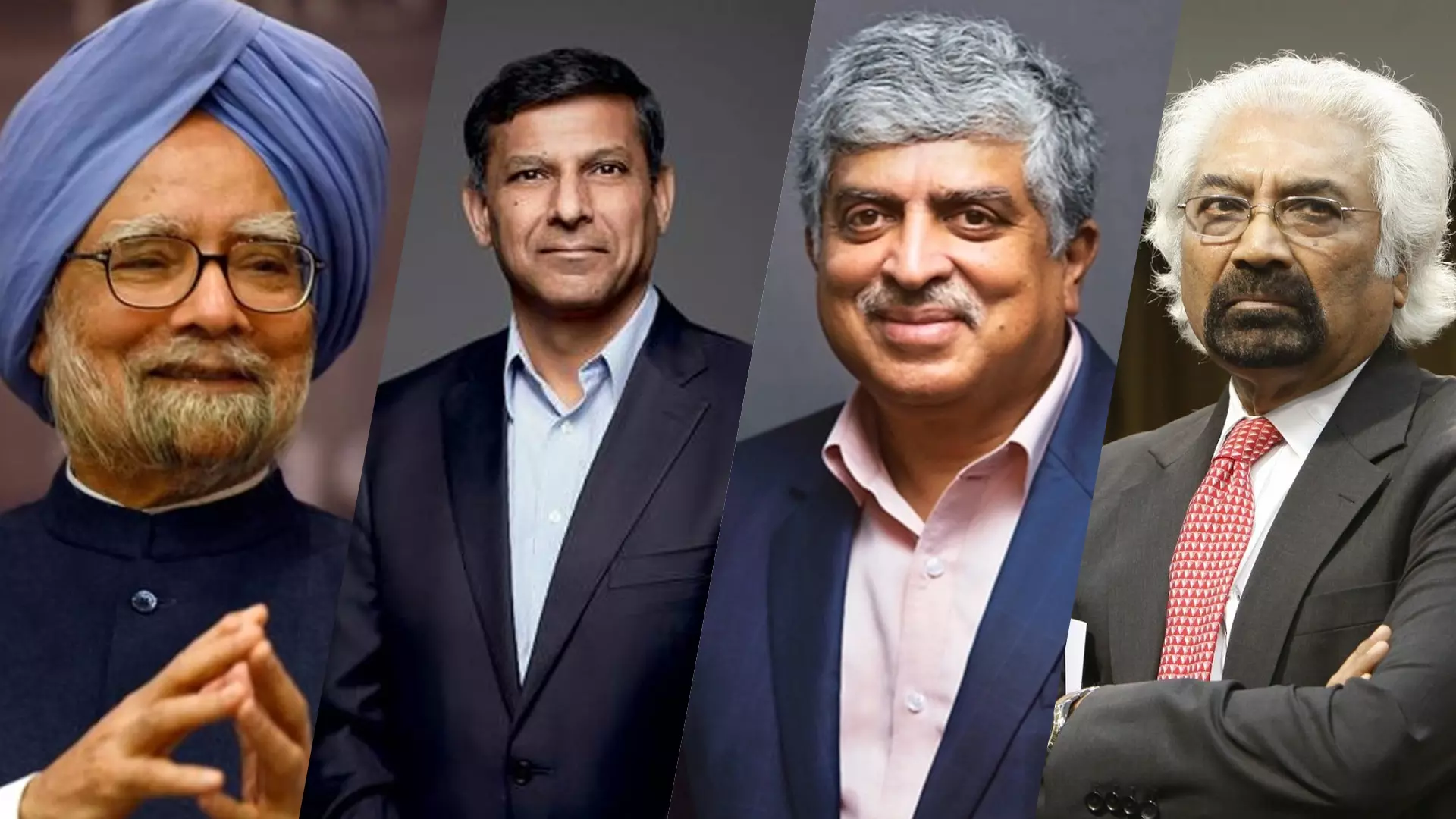
Manmohan Singh, Raghuram Rajan, other experts recruited by govt via lateral entry
What roles were they hired for? How did they fare? Here are the details

The Union Public Service Commission's (UPSC) decision to recruit 45 government officials through lateral entry led to strong opposition, particularly from the Congress. The move is "an attack on Dalits, OBCs, and Adivasis", since it would sidestep the reservation requirements, said the party.
However, following severe criticism from various quarters including some NDA partners, the Centre on Tuesday (August 20) asked the UPSC to withdraw the advertisement. Union Minister of State for Personnel, Public Grievances and Pensions of India, Jitendra Singh, wrote to UPSC Chairperson Preeti Sudan, asking the civil service body to cancel its advertisement for lateral entry.
What is lateral entry scheme?
Lateral entry refers to the process of recruiting individuals from outside the traditional civil services framework to fill mid and senior-level positions in the government. Unlike the usual practice of promoting career bureaucrats, lateral entry allows experts from various fields — such as academics, the private sector, or international organisations — to be appointed directly into government roles.
This approach was first introduced during the UPA era, gaining support from the Second Administrative Reforms Commission (ARC), chaired by Congress leader Veerappa Moily, which was established in 2005. In 2017, NITI Aayog and the Sectoral Group of Secretaries on Governance recommended expanding this practice to strengthen the Central government’s management by bringing in specialised expertise.
Those selected through lateral entry are typically offered contracts for three years, with the possibility of extending their tenure up to five years. These lateral entrants work in the central secretariat which is traditionally staffed by career bureaucrats.
Earlier, when it was still defending its lateral entry recruitment decision, the Centre pointed out that several prominent economists, technocrats, and entrepreneurs were brought into the government through this route during the tenure of the Congress-led UPA from 2004 to 2014 and even earlier.
Here is a list:
1. Sam Pitroda: Brought into the Indian government during the 1980s under Rajiv Gandhi, Sam Pitroda, a technocrat and entrepreneur, played a pivotal role in India's telecom revolution. He served as Chairman of the National Knowledge Commission and advised the Prime Minister on Public Information Infrastructure and Innovations. Currently, he is the Chairman of the Indian Overseas Congress.
2. Manmohan Singh: Before becoming India's Prime Minister, Dr. Manmohan Singh entered the government as a lateral hire in 1971, serving as an economic advisor in the Ministry of Foreign Trade. He later became Finance Minister in 1991, where he was instrumental in initiating India's economic liberalisation.
3. V Krishnamurthy: A key figure in shaping India’s industrial policy, V Krishnamurthy was appointed to significant government roles, including Chairman of Bharat Heavy Electricals Limited (BHEL) and Maruti Udyog. He also led the National Manufacturing Competitiveness Council.
4. Bimal Jalan: An economist with experience in global institutions like the IMF and World Bank, Bimal Jalan served as Chief Economic Advisor and later as Governor of the Reserve Bank of India from 1997 to 2003.
5. Kaushik Basu: An academic economist, Kaushik Basu was appointed as Chief Economic Advisor to the Government of India in 2009. He later became the Chief Economist at the World Bank, building on his extensive academic career.
6. NK Singh: A former IAS officer, NK Singh transitioned into influential advisory roles in finance and public policy after his civil service career, serving as Secretary in the Prime Minister's Office and as a member of the Planning Commission. His case is considered a lateral entry since he transitioned into advisory roles after his tenure in civil services.
7. Arvind Virmani: An economist with a background in academia and international economic institutions, Arvind Virmani served as Chief Economic Advisor to the Government of India from 2007 to 2009.
8. Raghuram Rajan: A top economist and former Chief Economist at the IMF, Raghuram Rajan was appointed Chief Economic Advisor in 2012 and later served as the Governor of the Reserve Bank of India from 2013 to 2016.
9. Montek Singh Ahluwalia: Coming from academia and international organizations, Montek Singh Ahluwalia held key government positions, including Deputy Chairman of the Planning Commission from 2004 to 2014.
10. Nandan Nilekani: A co-founder of Infosys, Nandan Nilekani was appointed in 2009 to lead the Unique Identification Authority of India (UIDAI). He oversaw the Aadhaar project.

